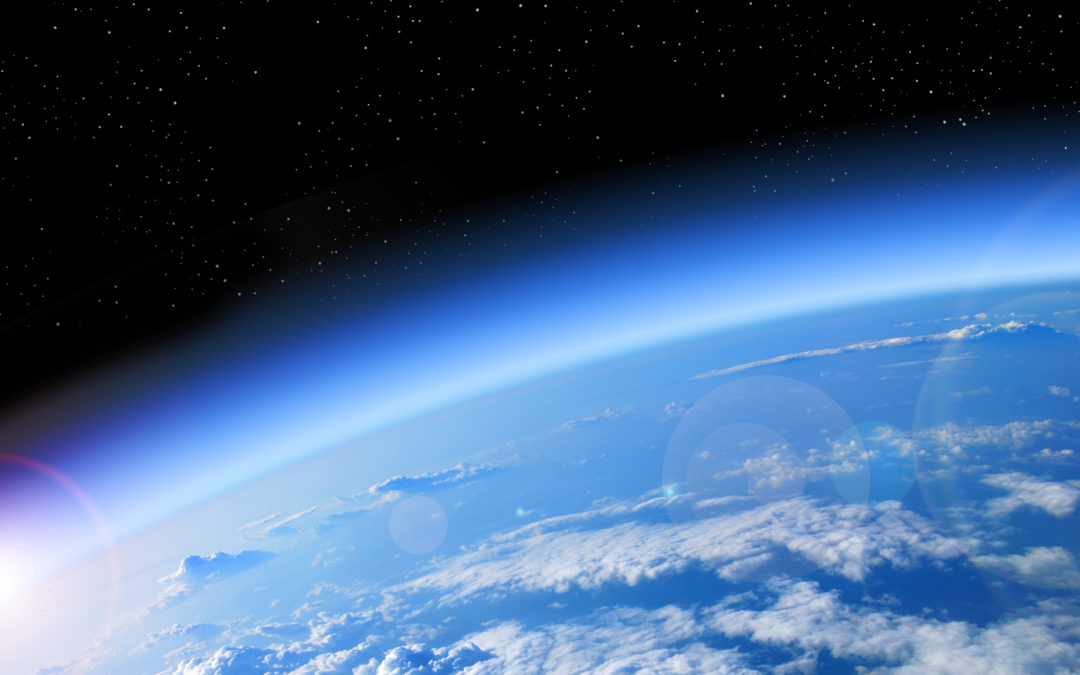
by David Jenkins | Oct 6, 2021 | Pollution, Uncategorized
Way back in 1987, President Ronald Reagan pushed through an international treaty to phase out the use of chlorofluorocarbons (CFCs), chemicals that scientists suspected of eroding the earth’s protective ozone layer. That treaty, called the Montreal Protocol, has been the most successful environmental treaty in history. In fact, because of Reagan’s leadership, the ozone hole over Antarctica is healing. According to NASA, the hole should completely vanish in about 50 years. Today, however, we now know that the chemicals developed to replace CFC-based refrigerants, hydrofluorocarbons (HFCs) harm the atmosphere in a different way. They are extremely potent greenhouse gases. The most commonly used HFC is 3,790 times more potent than carbon dioxide. Back in December (2020), a funding bill passed by Congress included a bipartisan climate agreement to phase-down production and consumption of HFC super-pollutants. That legislation, which authorizes the Environmental Protection Agency (EPA) to slash HFC emissions, passed and was signed into law by then President Trump. Now the Biden administration is following through on that. Its new EPA rule seeks to decrease U.S. production and use of HFCs by 85% over the next 15 years. That is real progress, but HFCs and our warming climate are global problems, not simply something we can solve alone. Other countries must follow our lead—and that is where Reagan’s Montreal Protocol comes back into play. Kigali Amendment In 2016, the United States and other protocol signatories drafted and approved the Kigali Amendment. The Kigali Amendment is a global pact under the Montreal Protocol that focuses on the phase out of climate warming HFCs. The United States signed the amendment in 2016...


